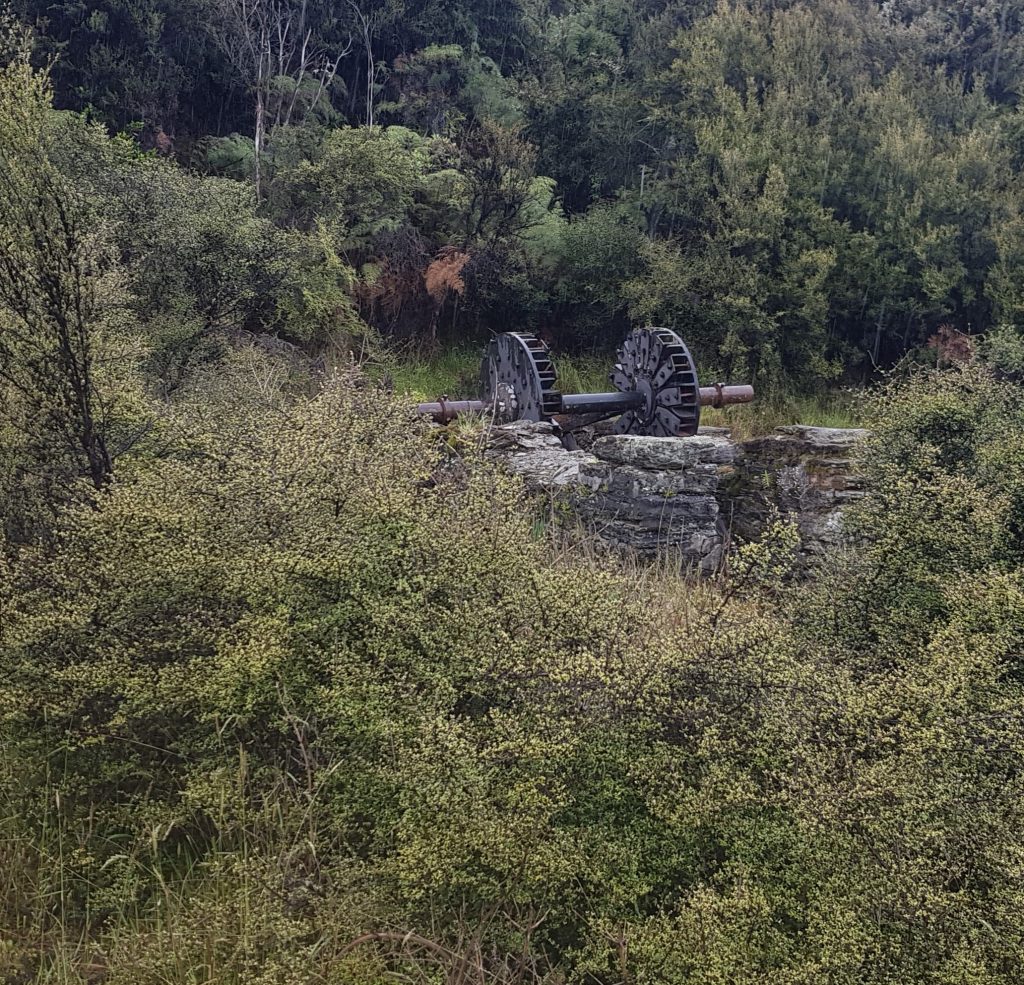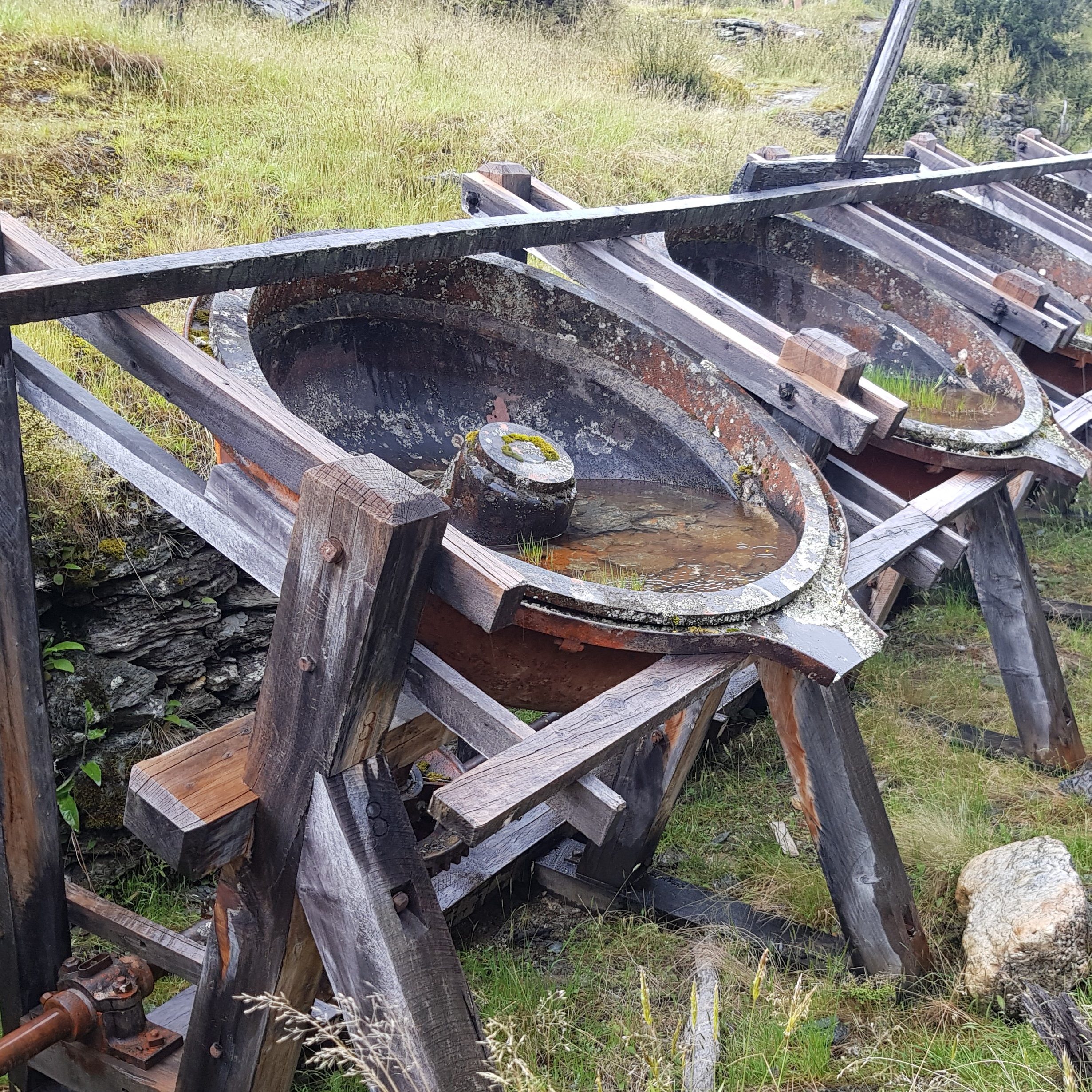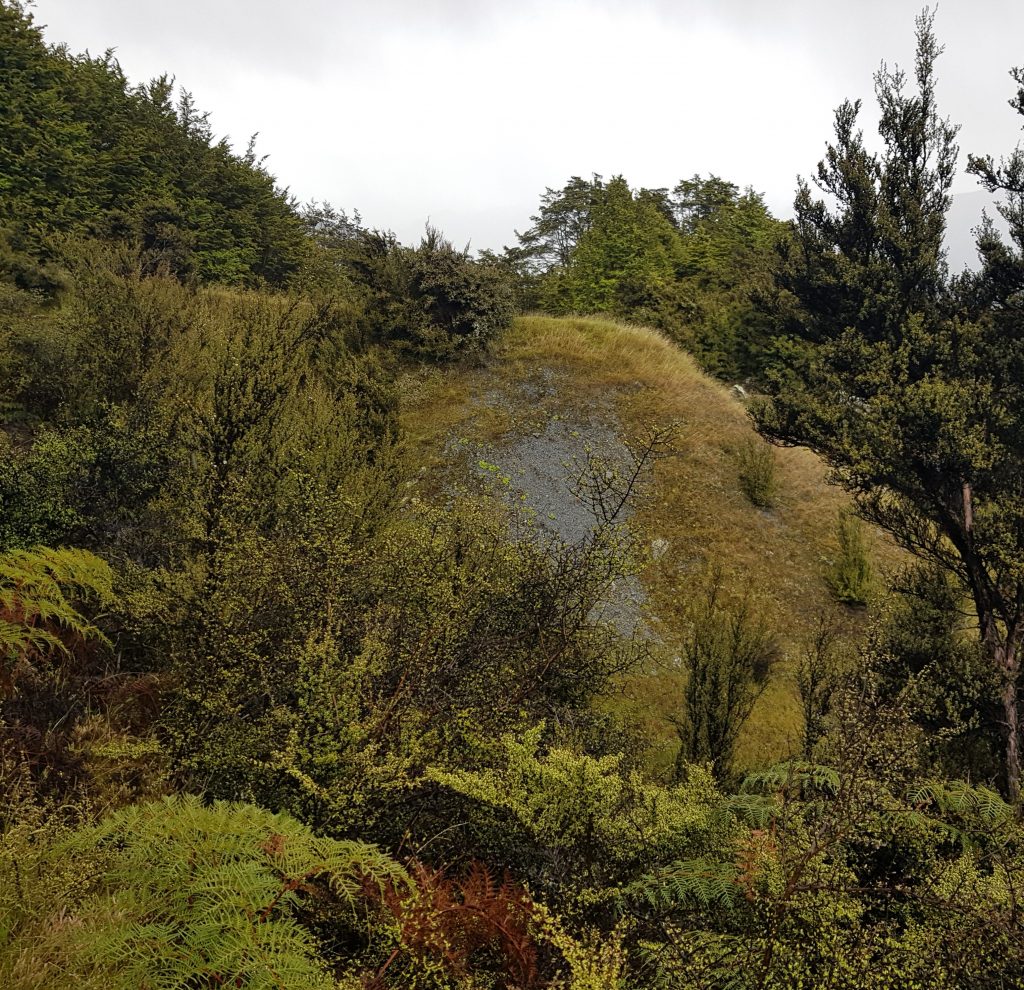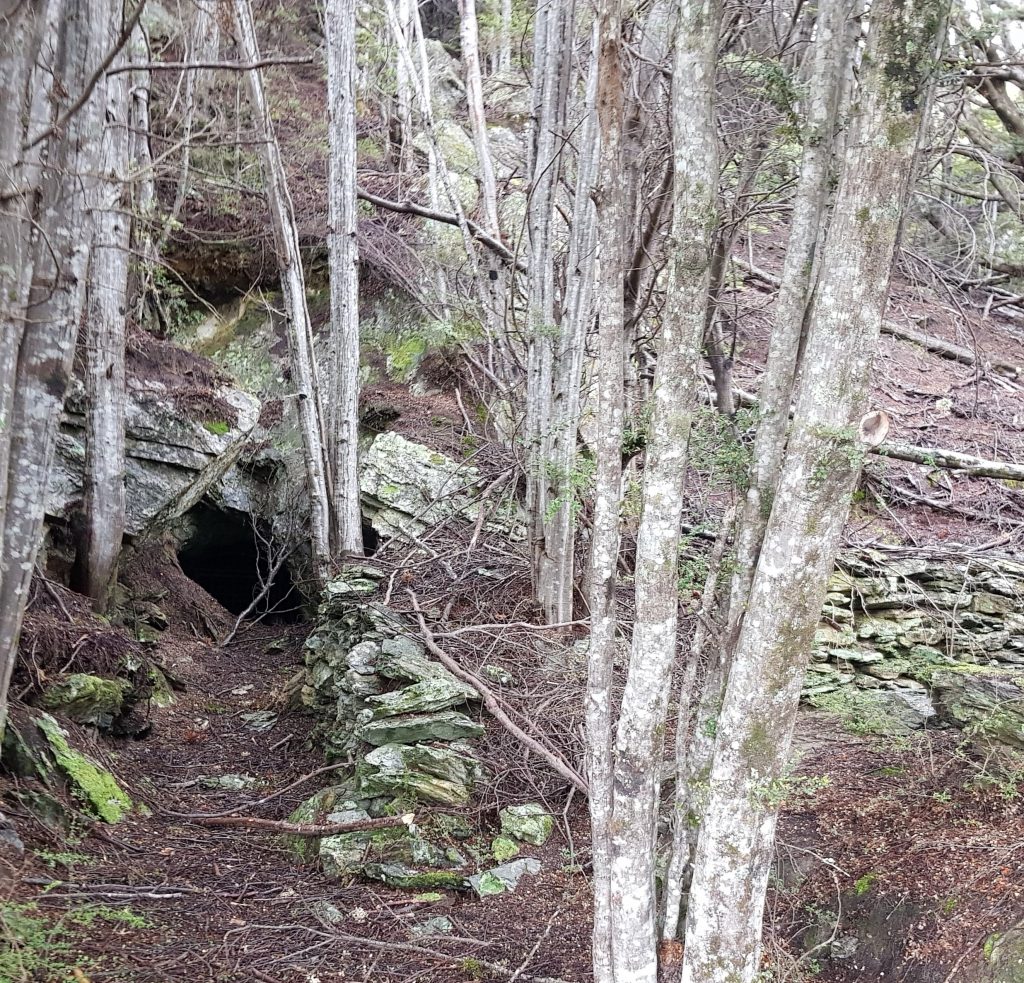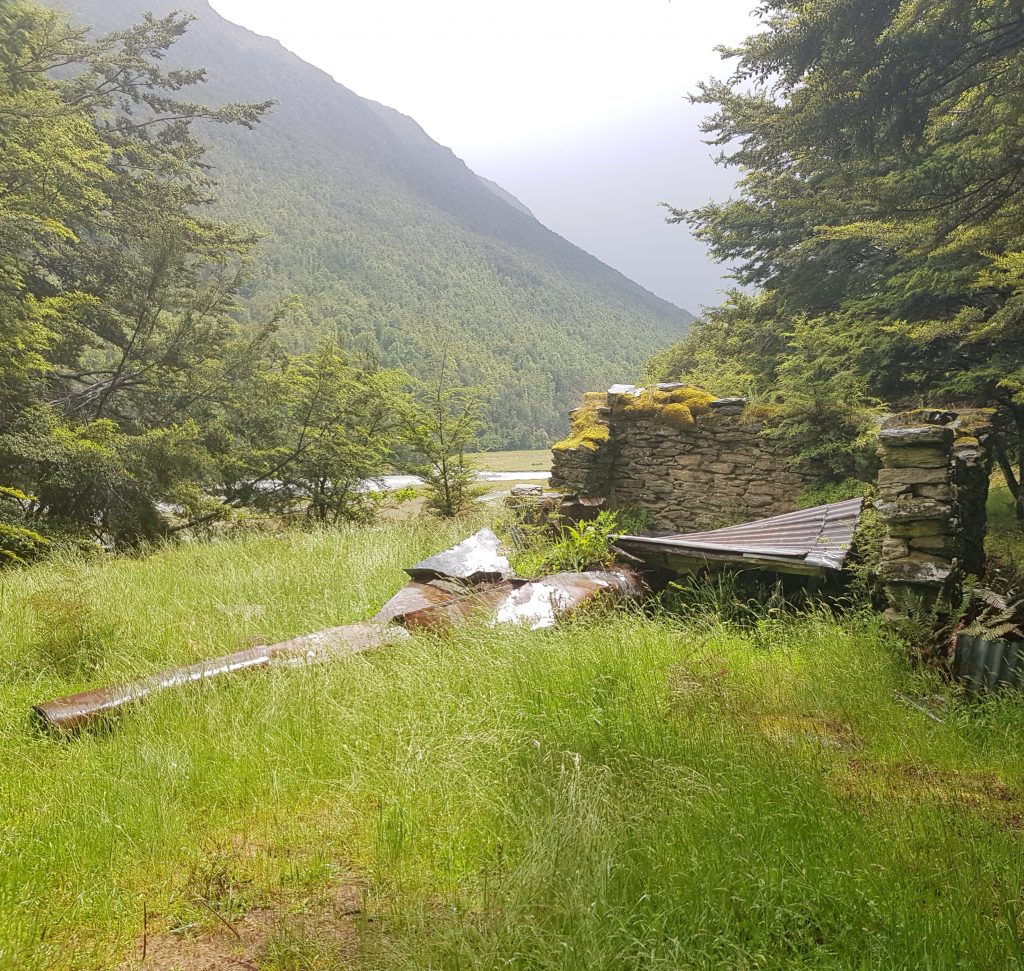We had great plans for our Wellness Walkers away trip, never mind the ceaseless rain and rising lake waters. My half of the group set off for our intended adventure, passing through Glenorchy and rounding the lake head toward the Glacier Burn track. But a road block brought our little cavalcade to a halt. We needed a new plan, and we needed it quick.
Luckily our ever-prepared leader had a backup plan, and we backtracked to the head of the lake before turning off up the Rees Valley. There were a couple of fords, but I relished the opportunity to show off my Jeep’s sweet moves, bidding my passengers hold on tight.
We made it to the trail head to find the rain had easing, allowing the sun to break through the dark clouds to light up the landscape in glorious saturated colour.
But we weren’t just there to admire the view. We turned away from the river, squeezing through a gate and entering the beech forest, dripping from the recent rain. The track, which passes through private land to the reserve, was surprisingly wide and well-graded. it has not always been a pleasure-path – once upon a time men and animals strained up this slope with all the paraphernalia of a mining operation, for this track is the original road carved out in 1880 by the Invincible Company at the very beginning of its mining operation, and believe it or not this wasn’t even the most difficult part of getting the machinery in place.

Back then the “Head of the Lake” region was described as “almost unexplored”, and though there was a jetty at Glenorchy its connection to the Rees Valley was very rough indeed, and teams of five horses were needed to haul the parts axle-deep through the mud fifty metres at a time.
We encountered the first site of archaeological interest about half-way up, a tell-tale levelled patch of ground scattered with debris. Most curious were the many sheets of white-enamelled iron, seemingly too numerous to have been part of an appliance.
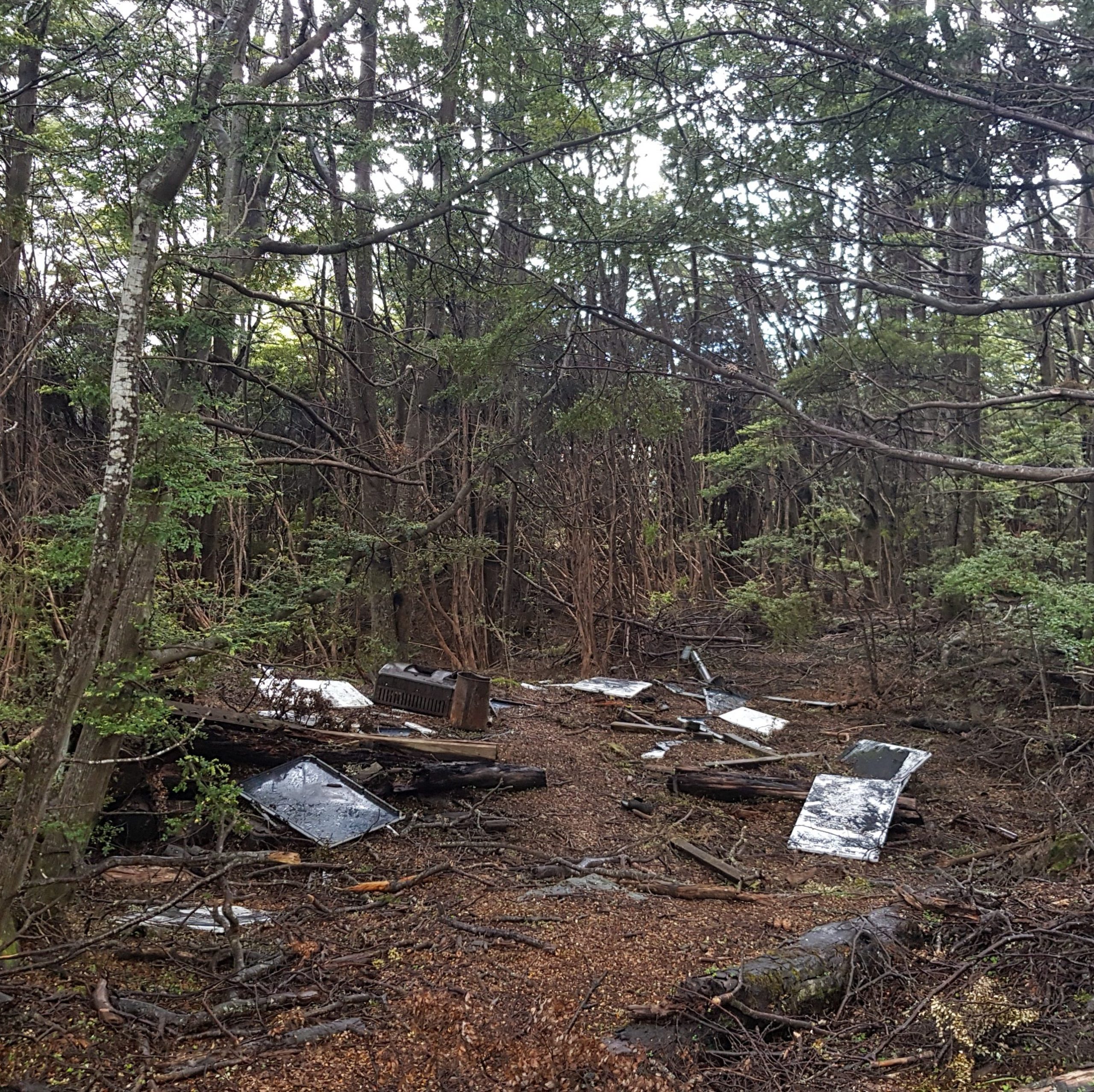
The answer is that they were once the roofing tiles of an American-style log cabin, a structure that is certainly more recent than the 1880s mining operation, if not in better repair. The cabin may have been built in the 1930s during the very last-ditch attempt to extract gold here, and archaeological findings suggest it was last used in the 50s or 60s.
We passed several stunning viewpoints both up and down the valley, but while my companions marvelled my mind was set on the historic reserve above.

Finally we reached the 800m level and the signage which indicated we were now entering the sacred place. Our team split up to explore the relics left behind by the pioneer prospectors, now slowly being absorbed into regenerating scrub.
The battery, sourced from Victoria, was erected in 1882. It had 10 stamps, each weighing about 51kg. The cam shaft and and timber frame still remain in place, though collapsed.
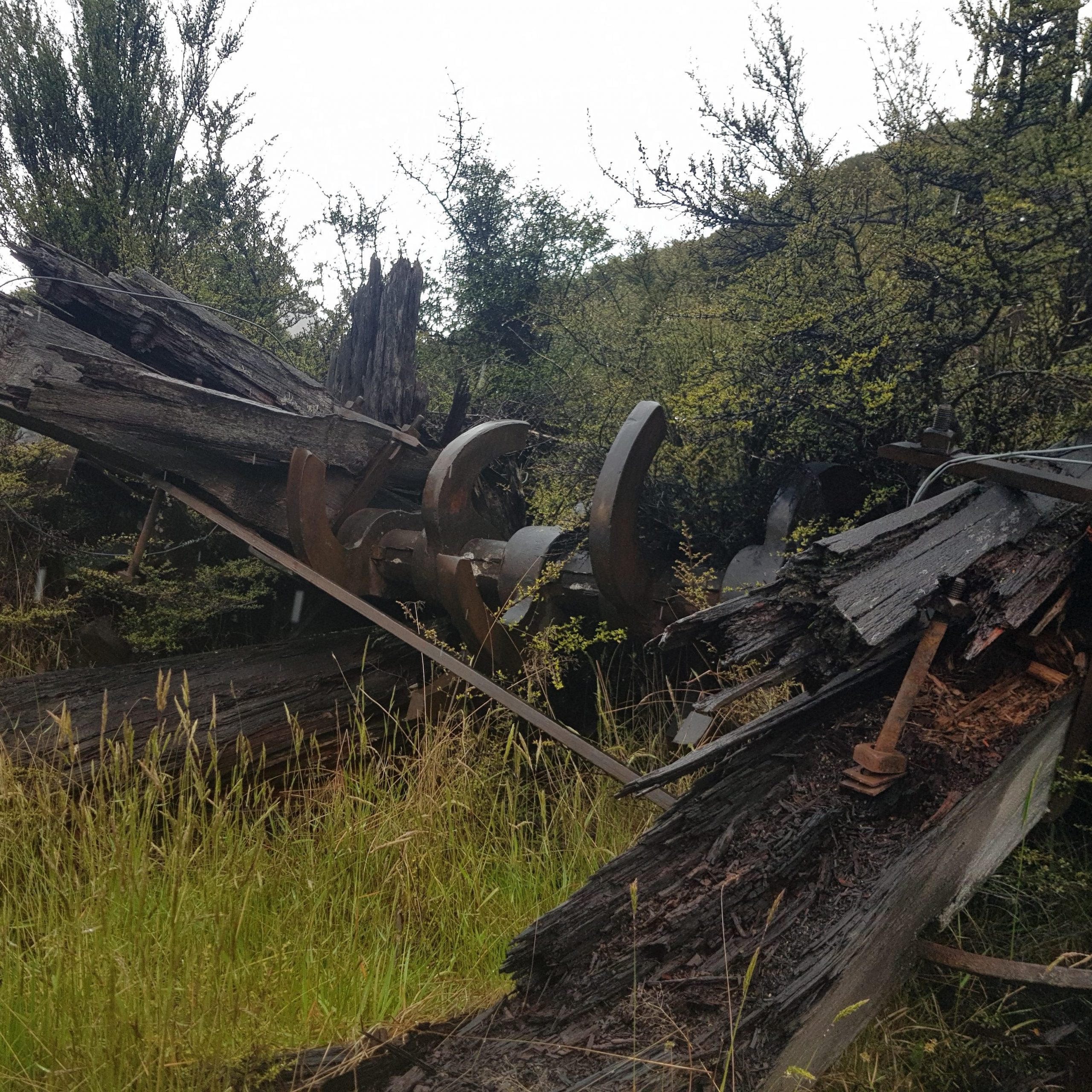
The equipment was driven by an overshot water wheel fed by the “copious and never-failing” Invincible Creek. What’s left is merely the nucleus of its once-glorious 7.3m diameter, the wooden spokes having crumbled away, leaving only the metal hub and schist foundation.
This set of seven Berdans is the largest surviving array of Berdans in the country. The wooden framework is newer, having been replaced in 2001 by the Department of Conservation. What is a Berdan (spelled with a capital B), you might ask? Invented by Hiram Berdan in the 1850s, the Berdan is a circular pan mounted at an angle, containing a heavy iron ball which helps grind fine material into even finer particles.
In 1885 the Otago Pyrites Saving Company, under a 3-year agreement with the Invincible Company, built its own works on the valley floor (which we did not visit), reprocessing the Invincible’s tailings for missed gold. In the same year, the Invincible company installed the majority of these berdans, leaving little left over for the Pyrites Saving Company, which quickly folded.
All these elements were all originally enclosed in a wooden building, with the ore transported to the top of the site to be crushed in the 10 stamper, passed over the tables (no longer extant), and then ground further in the Berdans.
The heritage assessment for the Invincible site notes that its value is not just in the presence of these individual relics, but that they remain together on their original positions. The whole system is here from the ground the ore came from to the power source to the old road used to truck the equipment in and the gold out.
Invincible followed the usual pattern of historic mining in New Zealand. The first rush in the 1860s exhausted most of the easily accessible gold, necessitating more technological solutions which followed in the 1880s when this mine was founded. By the turn of the century it was abandoned, with sporadic attempts at revival continuing up until the end of the 1930s Depression.
I wanted to see the last remaining opening to the mine itself, so while the others prepared to leave I followed a sparse path further up the slope in hopes of finding it. A helpful clue presented itself in the form of a large mullock heap, or pile of fine stone taken from underground.
Beyond this I indeed found the machine level adit, driven in 1886. The rest of the shafts were further up the hill. It somewhat presses the definition of “open” – a barred gate prevents access and the roof has fallen in not far inside. Next to the hole is what remains of a stone building.
Satisfied, I returned to my companions, who were just beginning to wonder where I’d got off to. Back at the bottom of the valley we found something we’d missed on the way up, the site of the local store, which was opened by John McDougall in about 1884 and served as the Rees Gorge Post Office between 1885 and 1888. The Invincible Mine was at its peak at this time – at one point in it gave the highest return in the country and employed 30-35 people with an additional six employed by the Pyrites Company. Many residents would have been seasonal, decamping the harsh and remote settlement in winter for more comfortable accommodation.
And that, my friends, is what we are going to do, now that we have explored the place to our contentment.
Image Sources:
References:
Invincible Mine Complex Heritage Assessment by Peter Petchey
THE REES VALLEY TRACK. Lake Wakatip Mail, Issue 1228, 29 July 1881
Mining at Wakatipu. Otago Witness, Issue 1709, 23 August 1884, Page 12
THE INVINCIBLE Gallery INVINCIBLE MINE AND POST OFFICE


